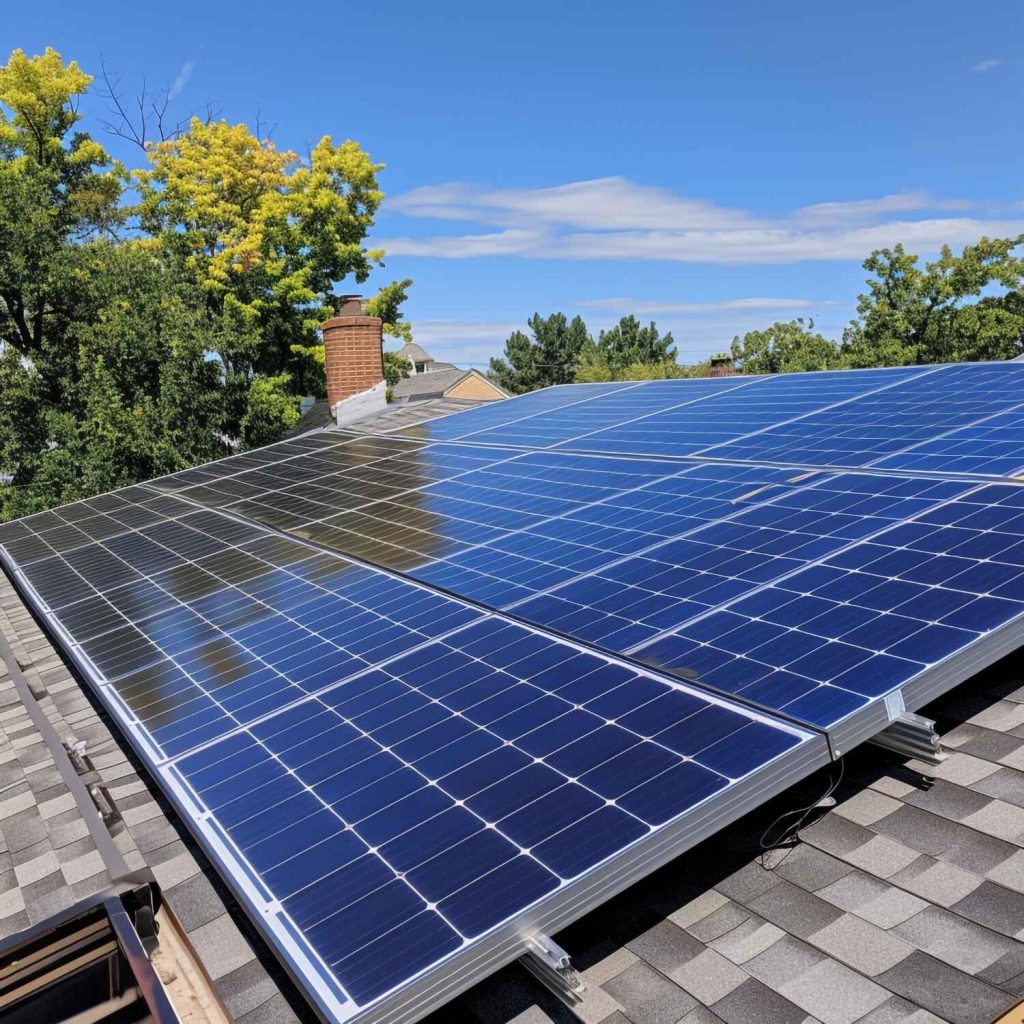In the quest for sustainable energy solutions, solar energy stands out as one of the most promising and widely adopted sources. As the demand for clean energy grows, so does the innovation and variety in solar systems. Understanding the different types of solar energy and how they can be harnessed is essential for making informed decisions about adopting this technology. Let’s explore the various types of solar energy and their applications, with a special focus on the offerings from Redington Solar.
Photovoltaic (PV) Solar Energy
When people think of solar energy, photovoltaic (PV) solar panels often come to mind. These panels convert sunlight directly into electricity using solar cells. Here’s a closer look at the key aspects of PV solar energy:
- Monocrystalline Solar Panels: Made from a single continuous crystal structure, these panels are known for their high efficiency and sleek design. They are ideal for spaces where maximum efficiency is needed, such as residential rooftops with limited space.
- Polycrystalline Solar Panels: These panels are made from multiple silicon crystals and are generally less expensive than monocrystalline panels. While they have a slightly lower efficiency, they are a cost-effective solution for larger installations where space is not a constraint.
- Thin-Film Solar Panels: Lightweight and flexible, thin-film panels can be used in a variety of applications, including on buildings and vehicles. They have a lower efficiency compared to crystalline panels but are often more durable and easier to install.
Concentrated Solar Power (CSP)
Concentrated Solar Power (CSP) systems use mirrors or lenses to focus a large area of sunlight onto a small area. The concentrated light is then used to heat a fluid, which drives a turbine connected to an electrical generator. CSP is typically used in large-scale solar farms rather than residential applications. Here are the main types of CSP systems:
- Parabolic Troughs: These use curved mirrors to focus sunlight onto a tube containing a heat-absorbing fluid. The heated fluid is then used to produce steam and generate electricity.
- Solar Power Towers: These systems use a large field of mirrors to direct sunlight onto a central tower. The concentrated sunlight heats a fluid in the tower, which is used to generate steam and drive a turbine.
- Fresnel Reflectors: These systems use flat or slightly curved mirrors to focus sunlight onto a fixed receiver. They are simpler and cheaper to build than parabolic troughs but are generally less efficient.
Solar Thermal Energy
Solar thermal energy involves capturing and using the heat from the sun. This type of solar energy is often used for heating water, buildings, or even for industrial processes. Here are the primary methods:
- Solar Water Heating Systems: These systems use solar collectors, typically mounted on rooftops, to absorb sunlight and heat water. The heated water is stored in a tank for use in homes or businesses.
- Solar Space Heating: Similar to solar water heating, solar space heating systems use solar collectors to absorb heat, which is then distributed to heat indoor spaces. These systems can significantly reduce heating costs in colder climates.
- Solar Cooling: Using solar energy to power cooling systems might sound counterintuitive, but it’s possible with technologies like absorption chillers, which use heat to provide cooling.
Hybrid Solar Systems
Hybrid solar systems combine different types of solar technologies or integrate solar power with other forms of energy. These systems aim to maximize efficiency and reliability. For example:
- Solar PV and Solar Thermal Hybrid Systems: These systems use both PV panels for electricity and solar thermal collectors for heat, optimizing the use of available space and resources.
- Solar-Diesel Hybrid Systems: In remote areas where the grid is unavailable, combining solar power with diesel generators can ensure a consistent power supply, reducing reliance on fossil fuels.
Redington Solar’s Role in Advancing Solar Energy
Redington Solar is at the forefront of delivering innovative and sustainable solar solutions. They offer a wide range of products and services tailored to meet diverse energy needs. From high-efficiency PV panels to advanced solar thermal systems, Redington Solar ensures that every installation is optimized for performance and reliability.
Redington Solar also provides comprehensive support, from the initial consultation and design phase through to installation and maintenance. Their commitment to quality and customer satisfaction makes them a trusted partner in the transition to renewable energy.
Conclusion
The variety of solar energy technologies available today allows for tailored solutions to meet specific needs and conditions. Whether it’s the high efficiency of monocrystalline panels, the cost-effectiveness of polycrystalline panels, the flexibility of thin-film panels, or the large-scale power generation of CSP systems, there’s a solar solution for everyone.
With companies like Redington Solar leading the way, the future of solar energy looks brighter than ever. Embracing the different types of solar energy not only helps reduce our carbon footprint but also paves the way for a sustainable and resilient energy future.





